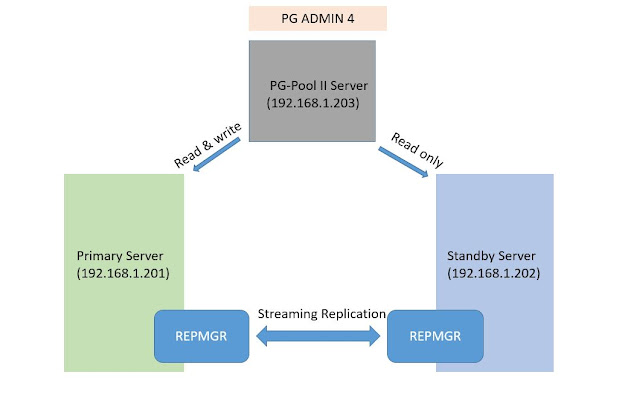PostgreSQL Triggers
Creating a Trigger in PostgreSQL
CREATE TABLE COMPANY(
ID INT PRIMARY KEY NOT NULL,
NAME TEXT NOT NULL,
AGE INT NOT NULL,
ADDRESS CHAR(50),
SALARY REAL
);
CREATE TABLE AUDIT(
EMP_ID INT NOT NULL,
ENTRY_DATE TEXT NOT NULL
);
Function:
CREATE OR REPLACE FUNCTION auditlogfunc() RETURNS TRIGGER AS $example_table$
BEGIN
INSERT INTO AUDIT(EMP_ID, ENTRY_DATE) VALUES (new.ID, current_timestamp);
RETURN NEW;
END;
$example_table$ LANGUAGE plpgsql
Trigger:
CREATE TRIGGER example_trigger AFTER INSERT ON COMPANY
FOR EACH ROW EXECUTE PROCEDURE auditlogfunc();
Views:
SELECT * FROM pg_trigger;
Drop:
DROP TRIGGER trigger_name;
- PostgreSQL Triggers are database callback functions, which are automatically performed/invoked when a specified database event occurs.
- The following are important points about PostgreSQL triggers −
- PostgreSQL trigger can be specified to fire
- Before the operation is attempted on a row (before constraints are checked and the INSERT, UPDATE or DELETE is attempted)
- After the operation has completed (after constraints are checked and the INSERT, UPDATE, or DELETE has completed)
- A trigger that is marked FOR EACH ROW is called once for every row that the operation modifies. In contrast, a trigger that is marked FOR EACH STATEMENT only executes once for any given operation, regardless of how many rows it modifies.
- If multiple triggers of the same kind are defined for the same event, they will be fired in alphabetical order by name.
- The BEFORE, AFTER or INSTEAD OF keyword determines when the trigger actions will be executed relative to the insertion, modification or removal of the associated row.
- Triggers are automatically dropped when the table that they are associated with is dropped.
CREATE TABLE COMPANY(
ID INT PRIMARY KEY NOT NULL,
NAME TEXT NOT NULL,
AGE INT NOT NULL,
ADDRESS CHAR(50),
SALARY REAL
);
CREATE TABLE AUDIT(
EMP_ID INT NOT NULL,
ENTRY_DATE TEXT NOT NULL
);
Function:
CREATE OR REPLACE FUNCTION auditlogfunc() RETURNS TRIGGER AS $example_table$
BEGIN
INSERT INTO AUDIT(EMP_ID, ENTRY_DATE) VALUES (new.ID, current_timestamp);
RETURN NEW;
END;
$example_table$ LANGUAGE plpgsql
Trigger:
CREATE TRIGGER example_trigger AFTER INSERT ON COMPANY
FOR EACH ROW EXECUTE PROCEDURE auditlogfunc();
Views:
SELECT * FROM pg_trigger;
Drop:
DROP TRIGGER trigger_name;


Comments
Post a Comment